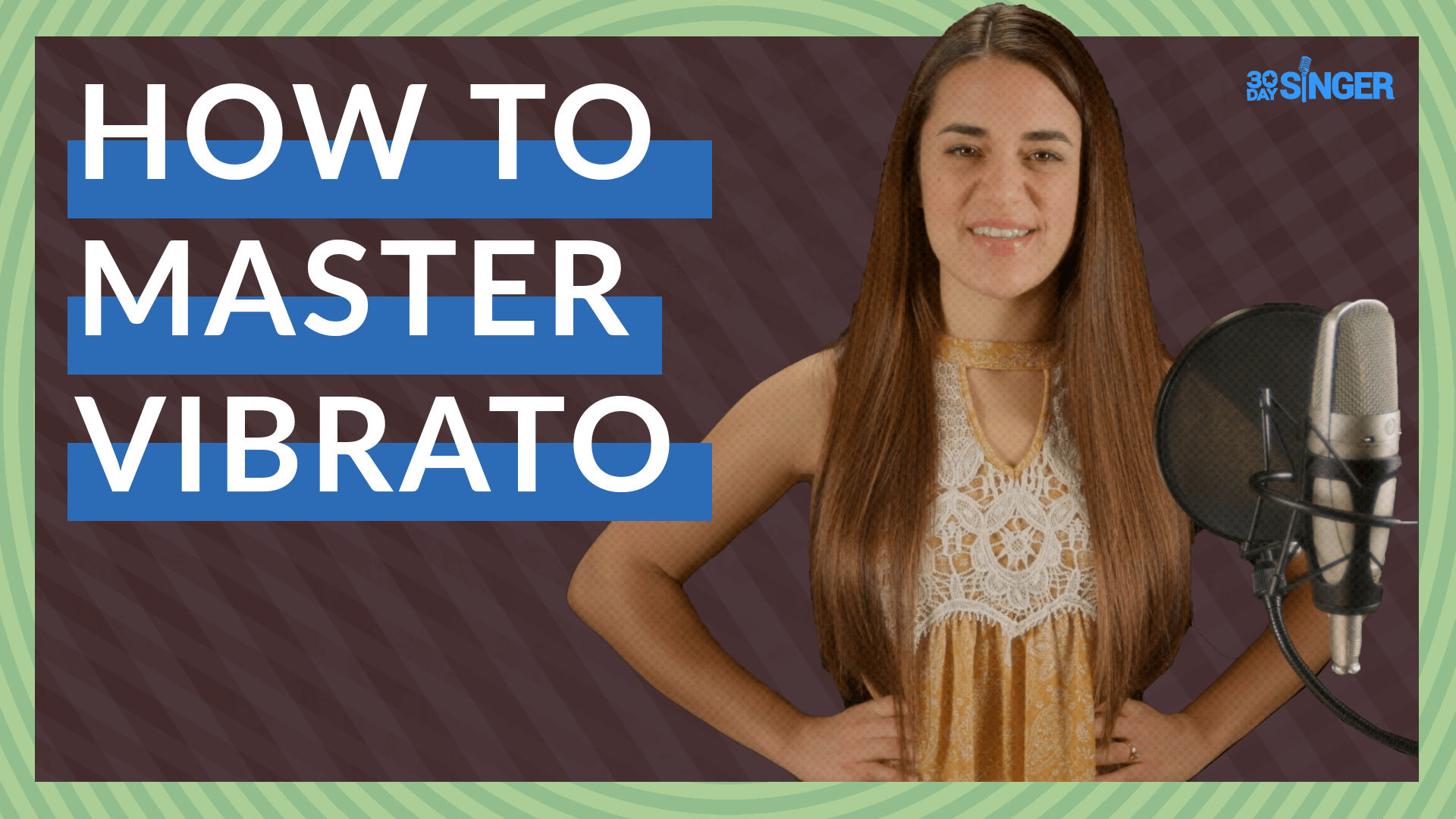Trilling Ins and Outs
September 20, 2019 By Nellie Vinograd
By Nellie Vinograd
Trilling or vocal trilling is defined technically as a rapid alternation between two notes, most often in a high register sung by a soprano or tenor and should not be confused with lip trills. At first listen, trilling might seem like an intensely shaky vibrato, but it’s in fact a very careful, technical move that can add a stunning aesthetic to a piece of music. In short, it’s a great way to show off your abilities without being too obvious about it. You may come across a term called the uvular trill, which is a vibration like the rolled “Rrr” sound in Spanish and Italian. While these are both helpful singing concepts, the classical vocal trill is the focus here.
Ideal vocal trilling is balanced but still quite rapid. One of the most famous “trillers” in history is the opera singer Joan Sutherland: look up her recordings to hear her beautiful, bird-like trills.
If you want to learn a little bit about vibrato, check out our tutorial on this very similar technique below.
Want to sing like a songbird? It’s time to learn about vocal trilling. Trilling is a musical ornamentation (think a decorative addition to a song) that became popularized in Western music in the 18th century and has gone through waves of popularity depending on the musical styles of the day. If you plan to sing classical music or songs from operas (especially ones written in the 1700s-1800s), there’s a good chance your music will include trills or have options to add a trill to a sustained high note.
Just as is the case with techniques like whistle register and belting, the vocal trill is not an ability that every singer can master. It requires a lot of practice and focus, and even singers who are able to trill can sometimes struggle with creating a balanced trill. An important thing to keep in mind when learning to trill is to trust your vocal muscles and relax as much as possible. Because of the rapid movement, releasing control and letting go of any tightness or rigidness in your throat and other muscles will be essential. Think of the sound you’re creating as a babbling brook, and imagine how that oscillating sound differs from the straight sound of water running through a tap.
To begin learning how to trill, start slow. After warming up, begin alternating between two notes and gradually begin increasing the rapidness with which you’re singing them. It can be helpful to start in the “middle voice” – that is, not too high, not too low, but where you feel most comfortable starting out singing.
Once you get a good feel for the movement, breathing and the way your vocal muscles need to move in order to achieve this rapid change, you can try moving up your register to try out the trill in a higher pitch. Another option is to practice singing between intervals (such as thirds or perfect fourths) and increasing the rapidness with which you switch between the two until you create a smooth, balanced movement between the notes at a fast pace.
Once you’ve practiced some trill exercises, try diving right into the song you’ve chosen (or begin researching music that features interesting trills) and see if you can practice creating the sound in the moment. Again, relaxing the muscles and allowing the sound to easily release out of your vocal cords will be the best way to achieve the trill, so just keep trying until you feel comfortable with the technique.



